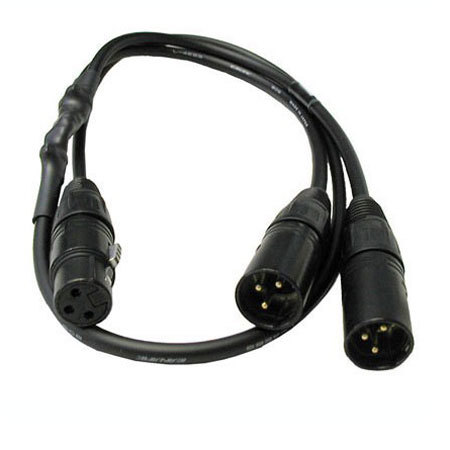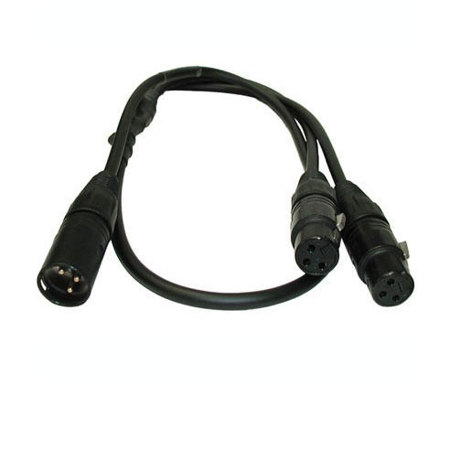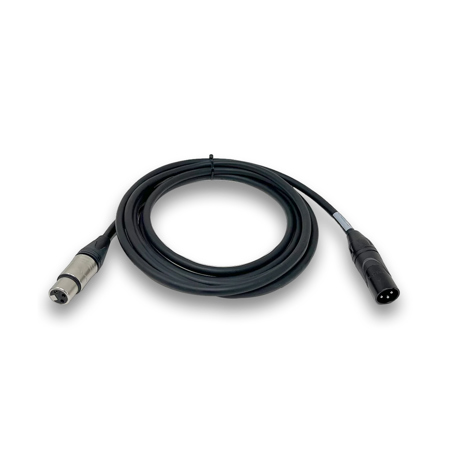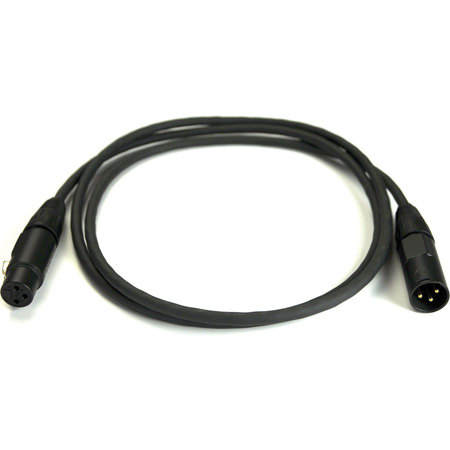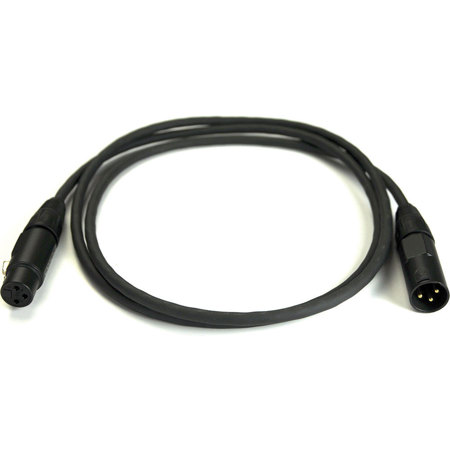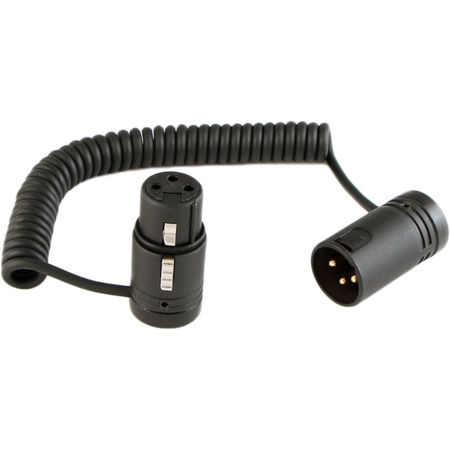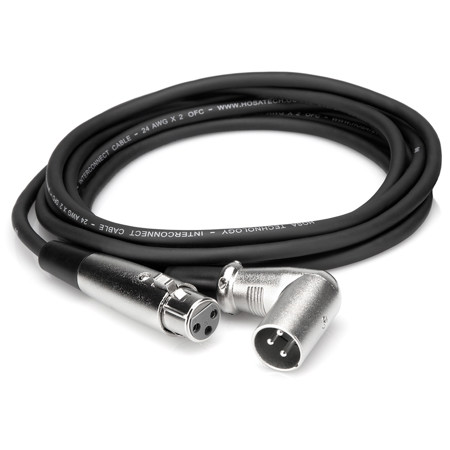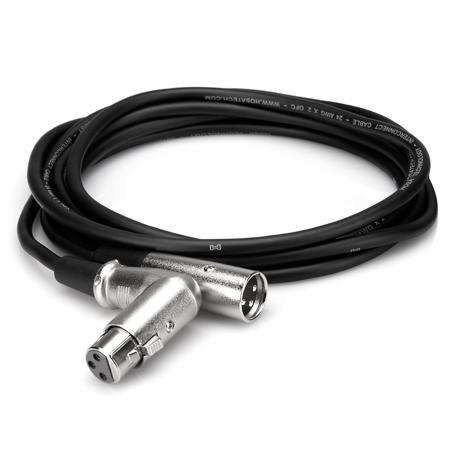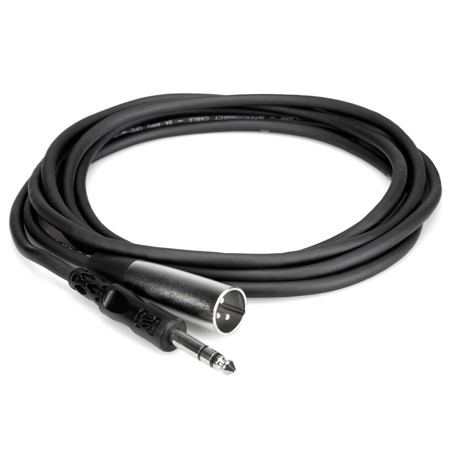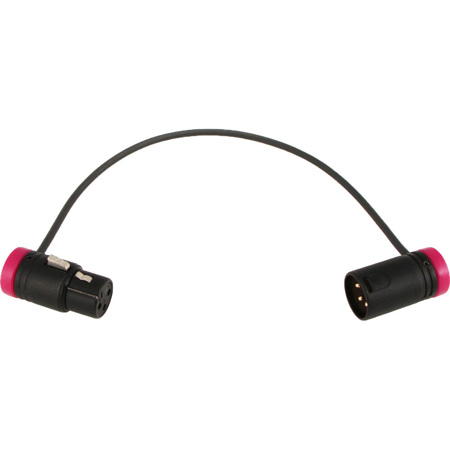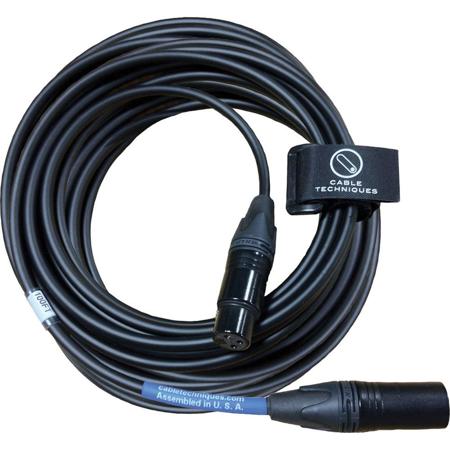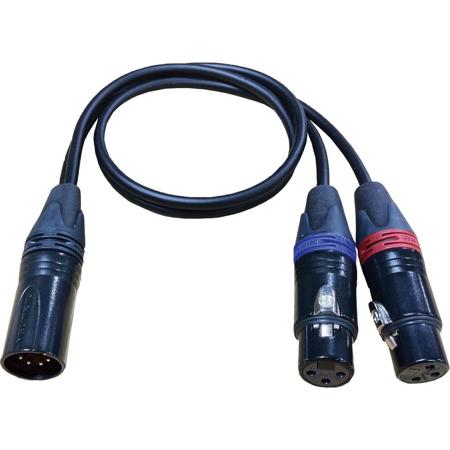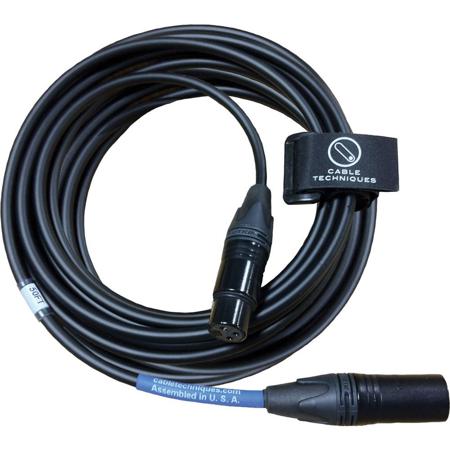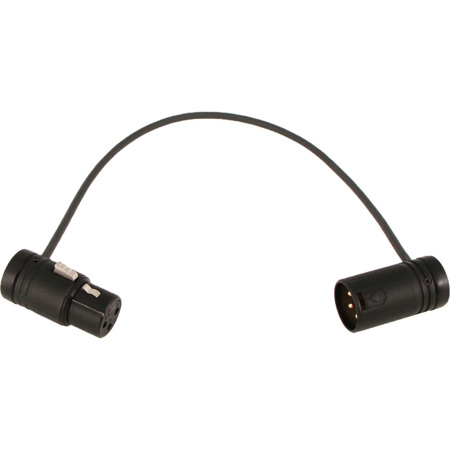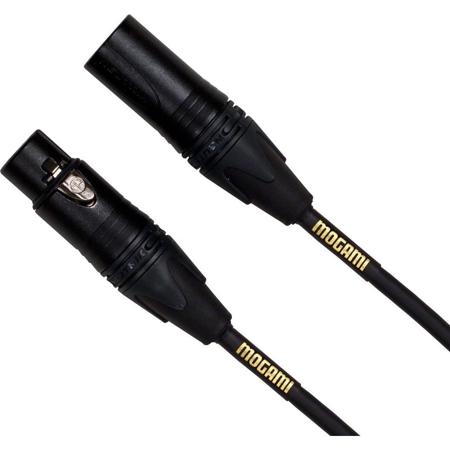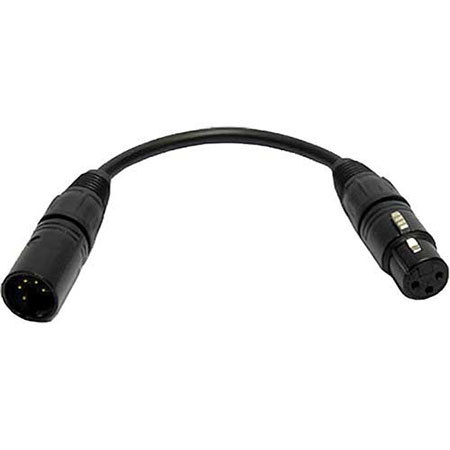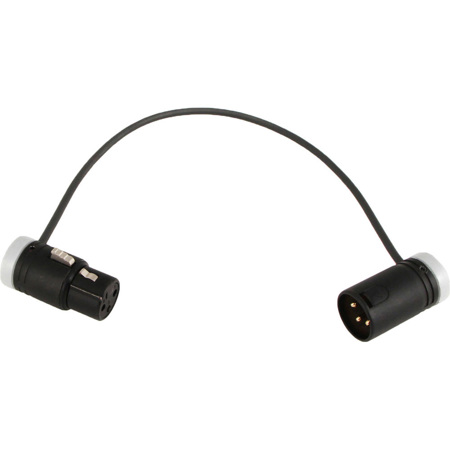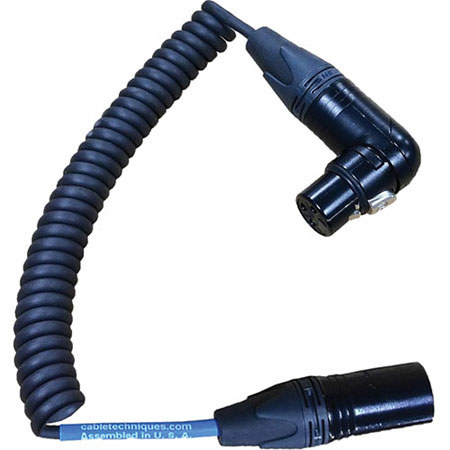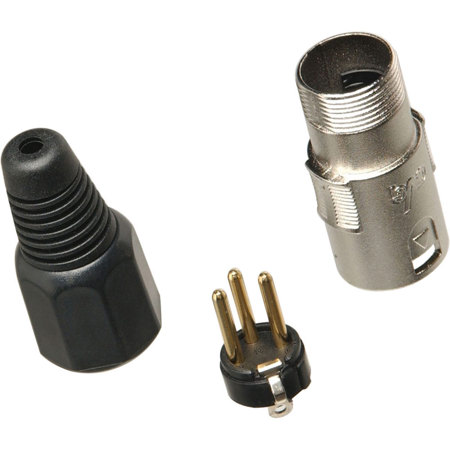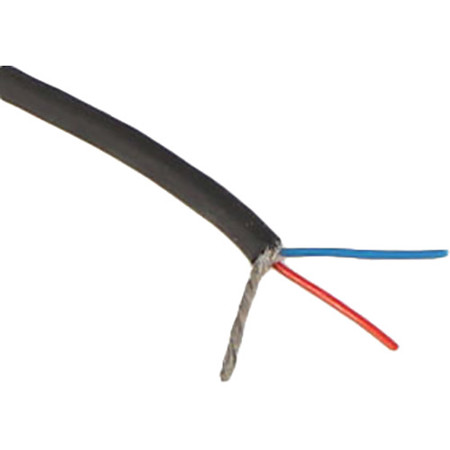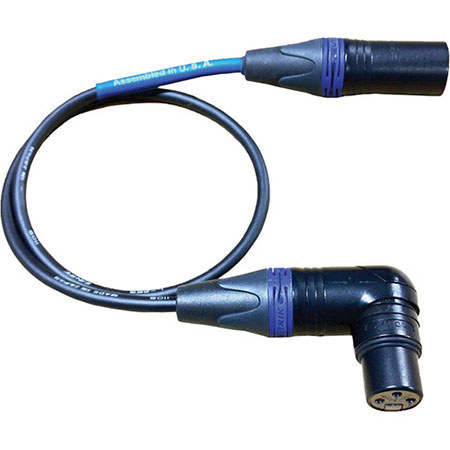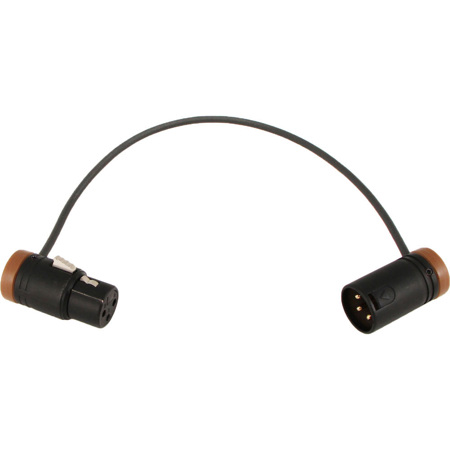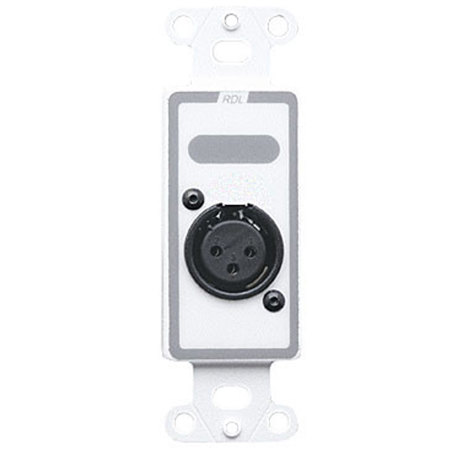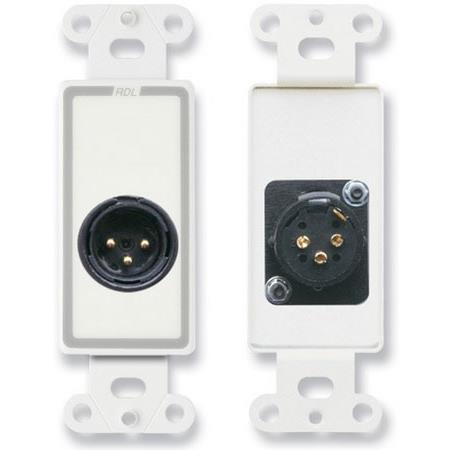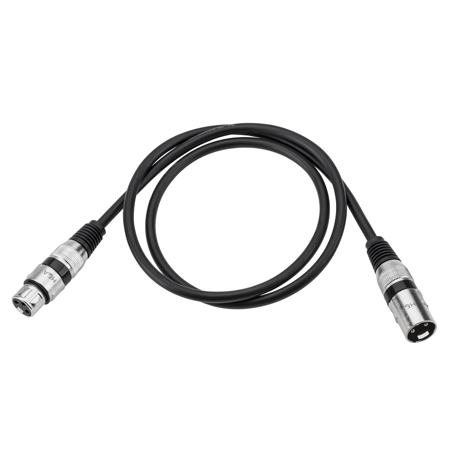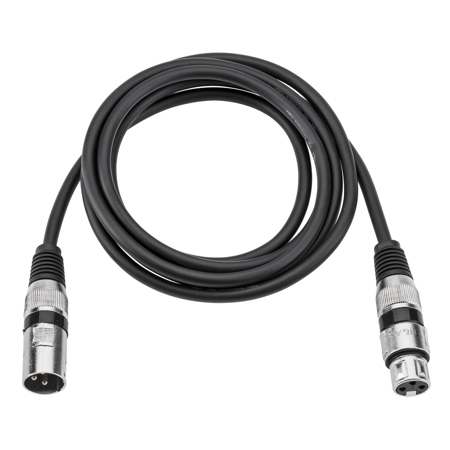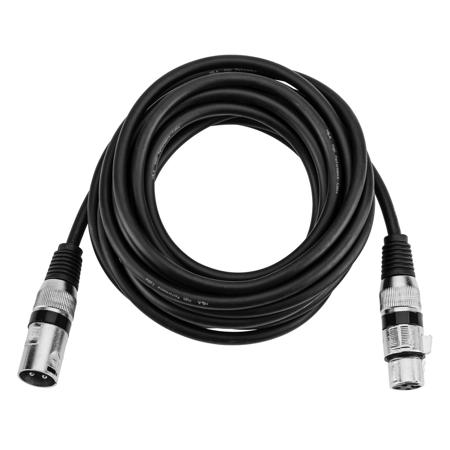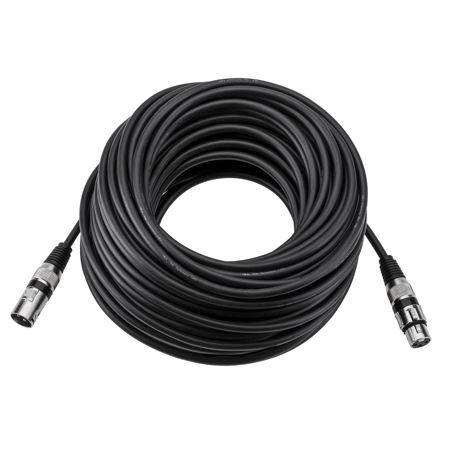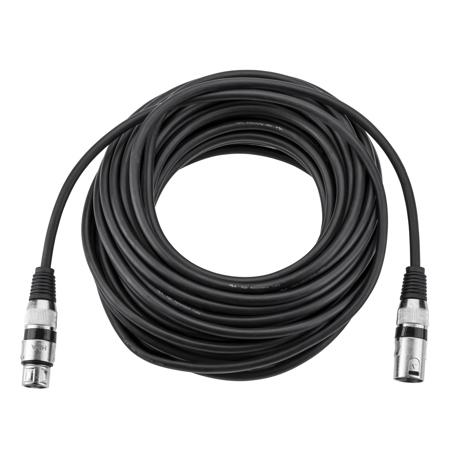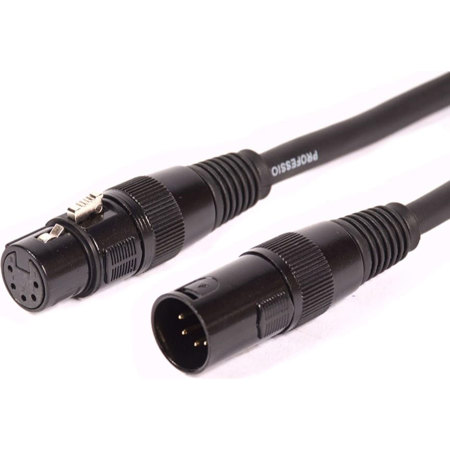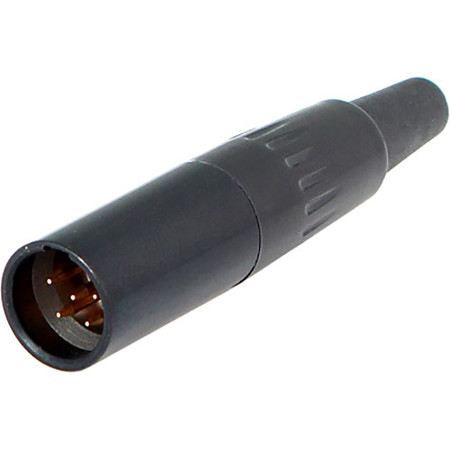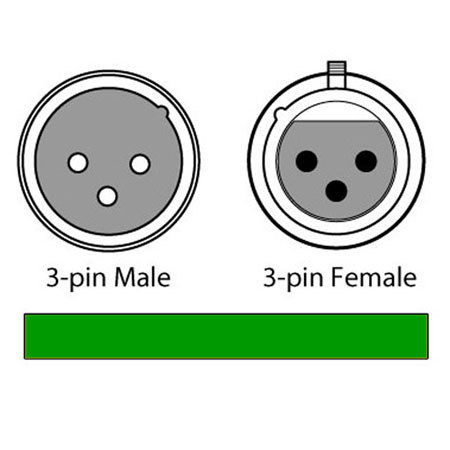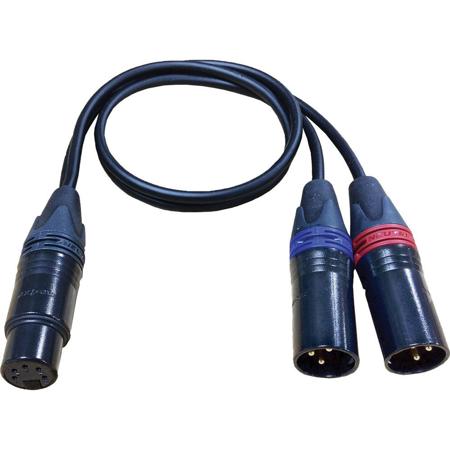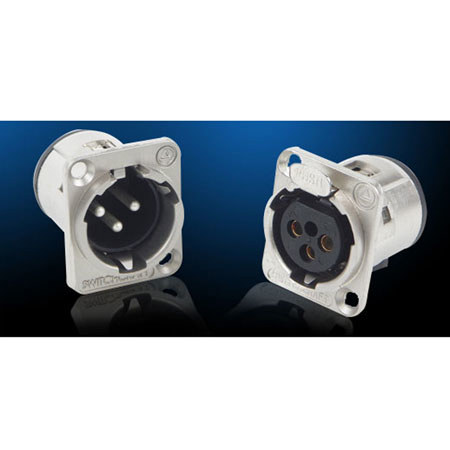3 Pin XLR Cables
In the world of professional audio and stage production, 3 pin XLR cables have earned their place as an industry standard, prized for their durability, reliability, and ability to deliver pristine sound with minimal interference. Whether you’re setting up a live concert, recording a podcast in your home studio, or wiring a broadcast booth, the right XLR 3 pin cable is essential for clear, balanced audio transmission. These cables are designed to carry balanced audio signals, making them ideal for connecting microphones to mixers, audio interfaces, or PA systems, and they’re a staple in environments where signal integrity is paramount. The robust locking mechanism of the 3 pin XLR connector ensures a secure connection, even in the most demanding environments—think bustling music festivals, outdoor summer events, or high-energy theatrical performances where accidental unplugging simply isn’t an option.
As summer brings a surge of live events, from open-air concerts to wedding receptions, the demand for dependable audio connections becomes even more critical. Musicians, sound engineers, DJs, and event organizers all rely on 3 pin XLR cables to keep their setups running smoothly, ensuring that every note and spoken word reaches the audience with clarity. For those just starting out in audio production, choosing the right cable involves more than just length; factors like shielding, cable thickness, and connector quality all contribute to performance and longevity. Seasoned professionals often have stories of cables that have traveled from venue to venue, surviving years of coiling, uncoiling, and the occasional spill, thanks to their rugged construction and thoughtful design. These cables also make thoughtful gifts for aspiring musicians, podcasters, or anyone building a home recording setup—often overlooked, but always appreciated when the difference in sound quality is heard.
When shopping for XLR 3 pin cables, it’s worth considering the specific needs of your gear and workflow. Studio environments may benefit from shorter, heavily shielded cables to minimize electromagnetic interference, while stage setups often require longer runs with durable jackets to withstand foot traffic and equipment movement. For those managing complex audio systems, color-coded cables can be a lifesaver, helping to quickly identify connections during setup or troubleshooting. If your audio requirements expand beyond standard microphone connections, you might also explore options like 5 Pin XLR Connectors, which are used for applications such as DMX lighting control or stereo audio feeds. No matter the scenario, investing in quality 3 pin XLR cables is a smart choice for anyone who values consistent, high-fidelity sound—whether you’re capturing the energy of a summer music festival, recording an intimate interview, or ensuring the vows at a wedding are heard by every guest. With the right cables in your toolkit, you can focus on your craft, confident that your audio connections are as solid as your performance.
As summer brings a surge of live events, from open-air concerts to wedding receptions, the demand for dependable audio connections becomes even more critical. Musicians, sound engineers, DJs, and event organizers all rely on 3 pin XLR cables to keep their setups running smoothly, ensuring that every note and spoken word reaches the audience with clarity. For those just starting out in audio production, choosing the right cable involves more than just length; factors like shielding, cable thickness, and connector quality all contribute to performance and longevity. Seasoned professionals often have stories of cables that have traveled from venue to venue, surviving years of coiling, uncoiling, and the occasional spill, thanks to their rugged construction and thoughtful design. These cables also make thoughtful gifts for aspiring musicians, podcasters, or anyone building a home recording setup—often overlooked, but always appreciated when the difference in sound quality is heard.
When shopping for XLR 3 pin cables, it’s worth considering the specific needs of your gear and workflow. Studio environments may benefit from shorter, heavily shielded cables to minimize electromagnetic interference, while stage setups often require longer runs with durable jackets to withstand foot traffic and equipment movement. For those managing complex audio systems, color-coded cables can be a lifesaver, helping to quickly identify connections during setup or troubleshooting. If your audio requirements expand beyond standard microphone connections, you might also explore options like 5 Pin XLR Connectors, which are used for applications such as DMX lighting control or stereo audio feeds. No matter the scenario, investing in quality 3 pin XLR cables is a smart choice for anyone who values consistent, high-fidelity sound—whether you’re capturing the energy of a summer music festival, recording an intimate interview, or ensuring the vows at a wedding are heard by every guest. With the right cables in your toolkit, you can focus on your craft, confident that your audio connections are as solid as your performance.
